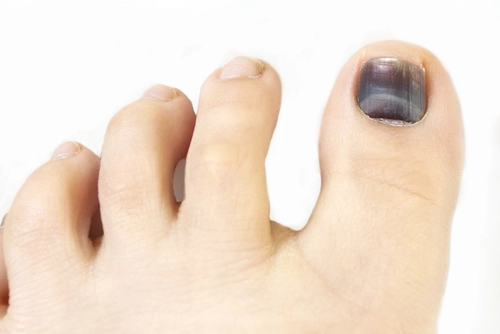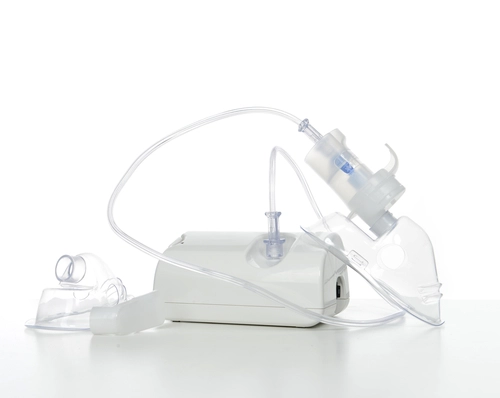Reporting Blister Drainage With an I&D Code

Question: Our clinician recently performed drainage of fluid that was collected in a blister in the toe. We reported this with 10140 along with the ICD-9 code, 917.2. Our claim for this procedural code was denied. Is there some other suitable code that we can report for this procedure that our physician performed? If so, please do let us know so that we can get paid for this.
New Hampshire Subscriber
Answer: The code you chose, 10140 is for “Incision and drainage of hematoma, seroma, or fluid collection” of the skin. A blister, by definition, is a small pocket of fluid within the upper layers of the skin, typically caused by forceful rubbing (friction), burning, freezing, chemical exposure or infection. As such, your choice of code appears appropriate on first glance, assuming the physician drained the blister via incision.
To better answer your question, it may be helpful to examine the reason for denial given on the remittance advice from the payer. One possibility is that the payer did not consider the procedure medically necessary given the diagnosis code. Going by the ICD-9 code, 917.2 (Superficial injury of foot and toe[s]; blister without mention of infection) that you have reported with the procedural code, the blister that your internist handled was not infected. The payer may not consider your claim for I&D services medically necessary if your internist performs the procedure for drainage of a blister, particularly if the blister is small, uninfected, superficial, and uncomplicated.
Apart from code 10140, there are no good alternative procedure codes in CPT® for uncomplicated drainage procedures involving a blister. Unless the reason for denial leads you in another direction, it is probably better for you to report an appropriate office visit code (such as 99212, Office or other outpatient visit for the evaluation and management of an established patient…) and not report the I&D with another separate CPT® code.




